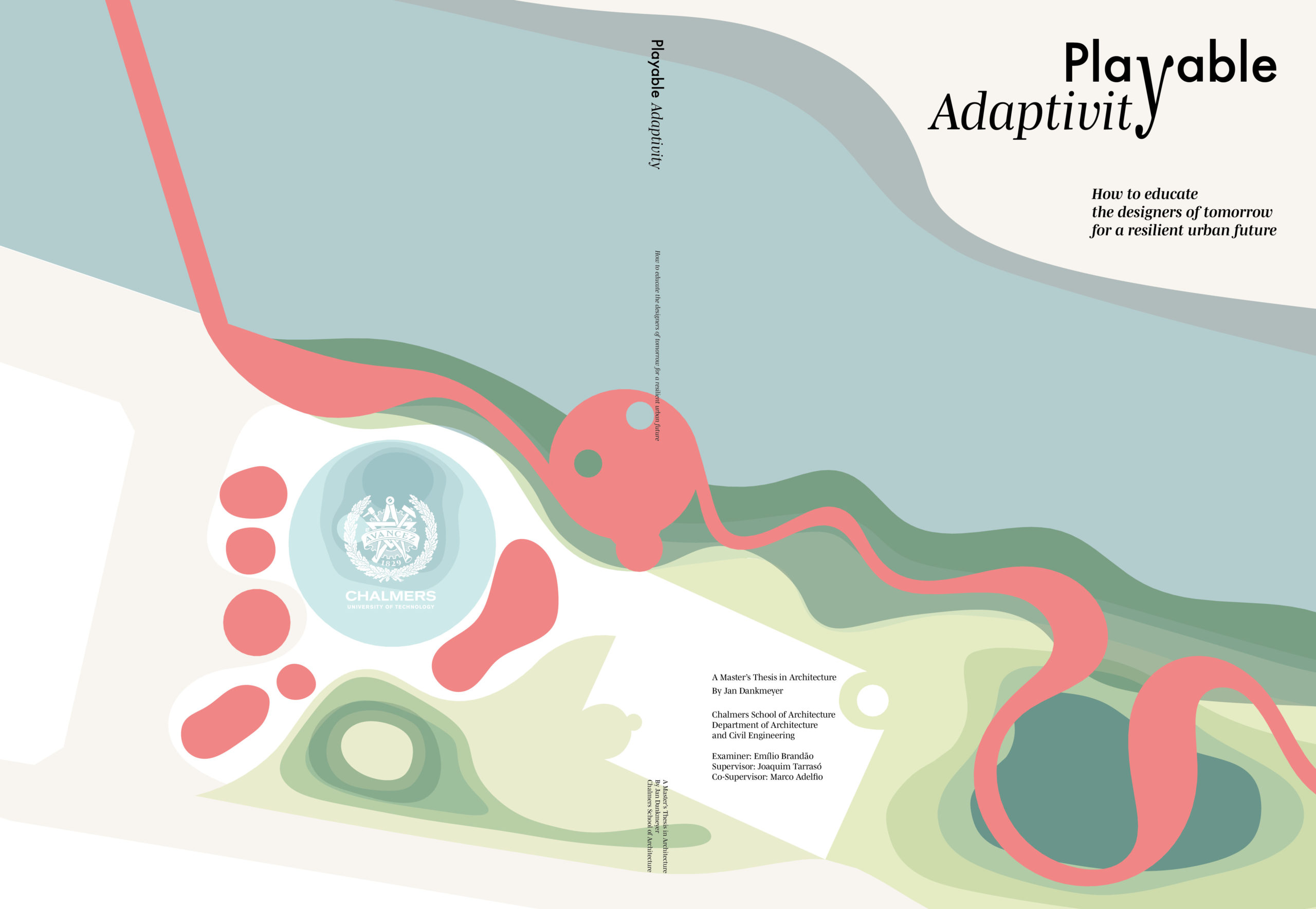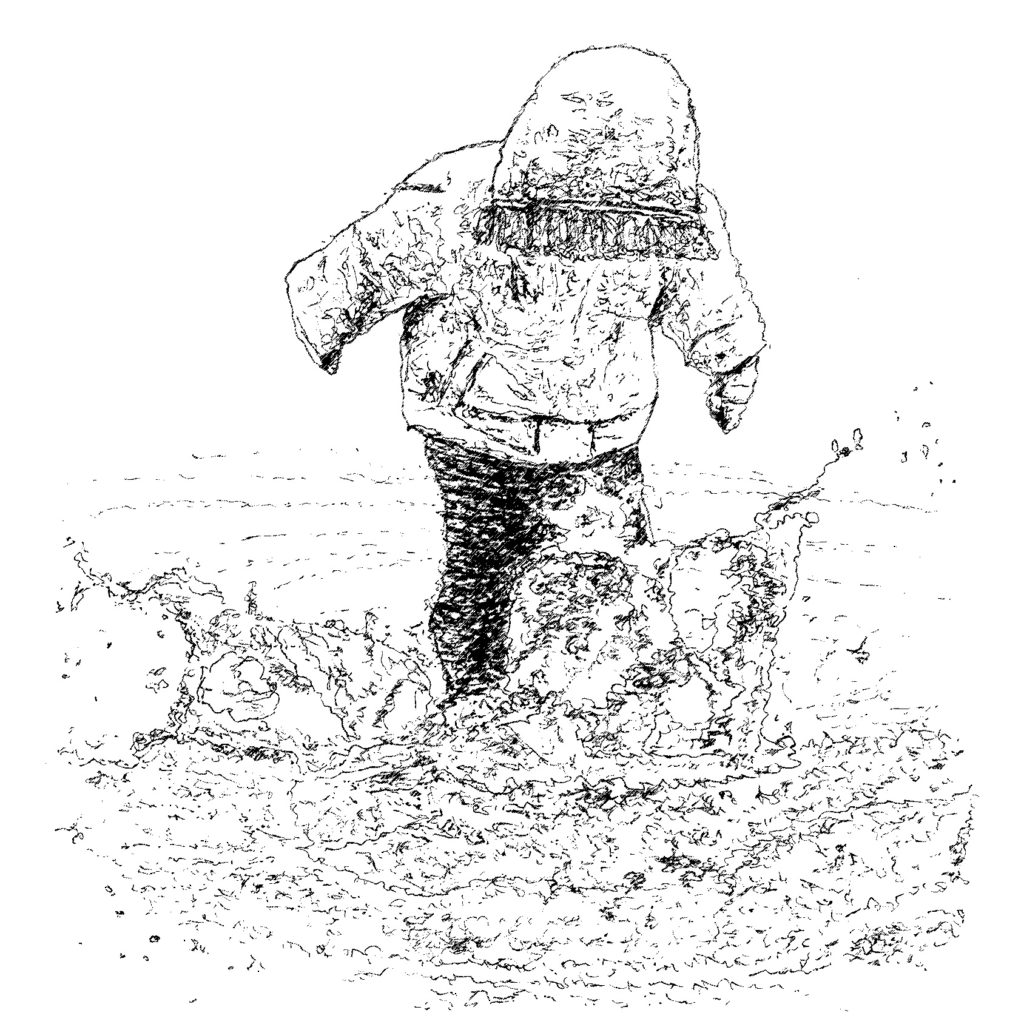
Children in our cities will account for 60% of urban dwellers by 2030 (United Nations, 2016). There is a necessity to educate an ever more increasing urbanised society about the complexity of Earth’s natural systems in order to achieve environmental and social resilience.
The rapid process of urbanisation combined with climate change threatens children to grow up on an inhabitable planet. For many decades, urban planning and architecture have been giving low priorities to children’s perspective in the built environment. Since children are the most unbiased part of society, yet the most vulnerable one in terms of climate change impacts, the urge to integrate them has to be seen as an inherent part of urban planning.
This Master’s Thesis focuses on the children’s perspectives within the urban fabric by investigating how child-responsive spatial design can be combined with environmental education. Correspondingly, the concept of environmental psychology and built environment education will be introduced to combine pedagogy and architecture. Thereby, the concept of play needs to be integrated into everyday urban life in order to promote outdoor activity and to nurture children’s personal development.
The context of the design proposal is Gothenburg, Sweden, which will be facing significant climate change challenges, due to flooding caused by both the rise of sea water level and increase of precipitation. Conformable to environmental education, water sensitive design is introduced as a method to couple context-based urban challenges with environmental education as a pedagogical and playful element to educate about urban resilience.
In compliance with the research-for-design method, this work aims to create a spatial interface for children where the experience of space and movement in relation to climate adaptivity breaks ground for a new perspective on public spaces. The design outcome of this Master’s Thesis strives to contribute to environmental awareness and urban resilience through child-responsive design.
Can playgrounds be integrated into everyday urban life as a tool to educate children on climate resilience?
Content
7. Water and Play – Gothenburg’s Urban Challenge
8. Water Sensitive Urban Design
9. Resilient Strategies for a Child-responsive City
10. Pedagogical Water Sensitive Urban Design

